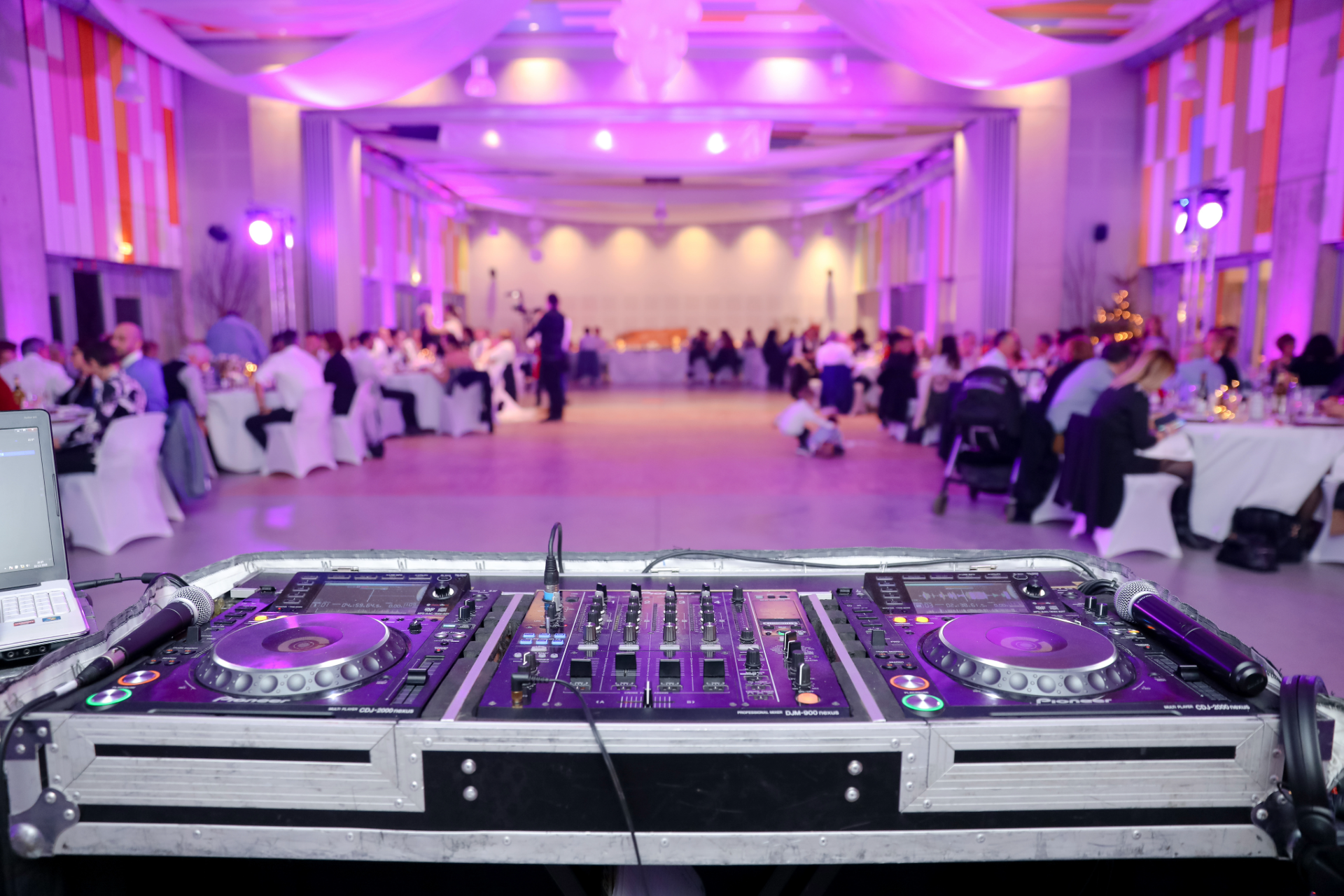AI in Weddings: Exclusive Guide to Planning
AI in the wedding industry is no longer a distant possibility — it’s an active force reshaping how couples plan, personalize, and experience their weddings. For press, partners, and curious couples, understanding the practical applications and strategic implications of this shift is essential. This piece pulls back the curtain on the technologies, business models, and human-centered practices that are transforming an industry built on emotion, detail, and logistics.
Key uses of AI in the wedding industry
AI is being applied across the wedding lifecycle, from inspiration to post-event follow-up. Some of the most visible and impactful uses include:
- Personalized planning assistants: Intelligent chatbots and recommendation engines parse couples’ preferences, budgets, and guest lists to suggest venues, vendors, and timelines. These tools reduce research time and surface options that align with individual aesthetics and constraints.
- Automated vendor matching and negotiation: Machine learning models match couples to vendors based on past performance, ratings, and compatibility signals. Automated quoting and contract templates speed up negotiations while maintaining consistency.
- Creative concept generation: Generative AI creates mood boards, color palettes, and sample invitations from simple prompts. Designers use these outputs as starting points, accelerating ideation without replacing human taste.
- Virtual try-ons and AR experiences: Augmented reality helps couples preview dresses, decorations, and table setups in realistic settings, reducing uncertainty and costly returns.
- Logistics and operations optimization: Predictive models optimize timelines, staffing needs, and supply chains, improving on-day coordination and reducing waste.
- Marketing and audience insights for vendors: AI analyzes social signals to identify trending styles, optimal pricing, and high-value customer segments, enabling vendors to market more effectively.
- Post-event personalization: Automated follow-up communications, thank-you notes, and curated photo/video packages can be assembled using AI to enhance guest satisfaction and vendor reputation.
How AI in the wedding industry enhances the customer experience
Couples are increasingly looking for both convenience and authenticity. AI enables better personalization at scale — delivering personalized venue suggestions, vendor pairings, and design touches that resonate with a couple’s story. For busy couples, AI-driven timelines and checklists help keep planning on track without losing the romance. For vendors and planners, AI reduces repetitive tasks, freeing creative energy for the moments that matter.
Addressing concerns: privacy, bias, and human touch
Adoption brings questions that deserve attention:
- Data privacy: Wedding planning often involves sensitive personal information. Vendors and platforms must adopt clear data governance, obtain consent for collection and use, and use anonymization where appropriate.
- Algorithmic bias: Recommendation systems trained on skewed datasets can amplify stylistic or vendor biases. Regular audits, diverse training data, and human oversight reduce the risk of exclusionary outcomes.
- Job displacement and reskilling: Automation can shift the nature of jobs rather than eliminate them. Planners and vendors should be supported with training to leverage AI tools as productivity amplifiers rather than adversaries.
- Preserving human connection: Technology should enhance, not replace, the human relationships that make weddings meaningful. AI is most valuable when it handles logistics and serendipity-enabling tasks so humans can focus on emotional and creative leadership.
Practical advice for vendors, planners, and partners
For organizations exploring AI, a deliberate, human-centered approach produces the best outcomes:
- Start with clear use cases: Prioritize areas with measurable impact — lead matching, scheduling, or client intake — rather than broad experiments without defined KPIs.
- Pilot and iterate: Run small pilots with real users, capture feedback, and iterate. This reduces risk and surfaces usability gaps early.
- Choose partners with transparent practices: Work with vendors who disclose data handling, model behavior, and update policies.
- Combine AI with human workflows: Design systems where AI suggests options but humans validate final decisions, particularly for creative and contractual elements.
- Measure ROI and experience metrics: Track time saved, conversion rates, client satisfaction, and error reduction to justify further investment.
- Invest in reskilling: Equip staff with training in AI tool usage and interpretation so they can act on model outputs confidently.
What the future holds
As generative and multimodal AI continue to advance, expect even richer collaborative tools: dynamic styling assistants that generate full visual themes from spoken prompts, real-time guest experience personalization during events, and end-to-end platforms that seamlessly connect couples with vetted local vendors. Sustainability will also be influenced as predictive logistics reduce waste and AI enables more accurate guest-count forecasting.
Yet technology will not replace what makes weddings special: human judgment, cultural nuance, and emotional labor. The most successful adopters will be those who treat AI as an amplifier of human creativity and care.
For press inquiries, partnership conversations, or demos tailored to couples and vendors, please reach out to industry contacts and platform providers leading these innovations. Exploring pilots together can reveal how responsible AI can deliver more joyful, efficient, and personalized wedding experiences — behind the scenes and on the big day itself.





